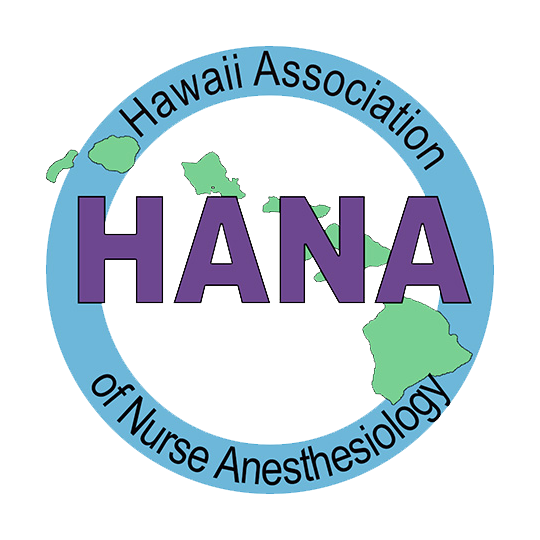What are CRNAs?
Certified Registered Nurse Anesthetists (CRNAs) are highly educated anesthesia professionals who provide the full range of anesthesia and pain management services. As advanced practice registered nurses, CRNAs have been providing anesthesia in the United States for more than 150 years, long before the CRNA credential came into existence in 1956.
CRNAs administer general, regional, and local anesthesia in addition to rendering pain management services.
- General Anesthesia – The patient is completely unconscious after being given injected and/or inhaled drugs.
- Regional Anesthesia – The patient remains awake, though sedated, while a portion of the body is made numb.
- Local Anesthesia – Injection of a painkilling drug into a specific body part, which can be followed by intravenous drugs to keep the patient sedated.
- Pain Management – Encompasses pharmacological, nonpharmacological, and other approaches to prevent, reduce, or stop pain sensations.
Why CRNAs are Safe and Cost Effective
Numerous reports describe anesthesia as being approximately 50 times safer than it was in the 1980s, and landmark studies published within the last five years confirm that anesthesia care is equally safe regardless of whether it is provided by a CRNA working alone, an anesthesiologist working alone, or a CRNA working with an anesthesiologist.
Furthermore, when it comes to the bottom line, CRNAs are very cost effective. Based on the Lewin Study which compares various anesthesia delivery models for average inpatient demand, the CRNA-only model is approximately 25 percent less expensive than an anesthesiologist directing four CRNAs, and far more cost-effective than the most expensive model, an anesthesiologist directing a single CRNA.
CRNAs provide anesthesia in collaboration with surgeons, dentists, podiatrists, anesthesiologists, and other qualified healthcare professionals. When anesthesia is administered by a nurse anesthetist, it is recognized as the practice of nursing; when administered by an anesthesiologist, it is recognized as the practice of medicine. Regardless of whether their educational background is in nursing or medicine, all anesthesia professionals give anesthesia the same way.
CRNAs practice in every setting in which anesthesia is delivered: traditional hospital surgical suites and obstetrical delivery rooms; critical access hospitals; ambulatory surgical centers; the offices of dentists, podiatrists, ophthalmologists, plastic surgeons, and pain management specialists; and U.S. military, Public Health Services, and Department of Veterans Affairs healthcare facilities.
CRNA Education and Training
Nurse anesthesia educational programs range from 24-36 months, depending upon university requirements. All programs include clinical training in university-based or large community hospitals.
Education and experience required to become a CRNA include:
- A Bachelor of Science in Nursing (BSN) or other appropriate baccalaureate degree.
A current license as a registered nurse. - At least one year of experience as a registered nurse in an acute care setting.
- Graduation with a minimum of a master’s degree from an accredited nurse anesthesia educational program. As of Aug. 1, 2013 there were 113 accredited nurse anesthesia programs in the United States utilizing more than 2,200 active clinical sites; 16 of these programs award a doctoral degree for entry into practice. Nurse anesthesia programs range from 24-36 months, depending upon university requirements. All programs include clinical training in university-based or large community hospitals.
- Pass the national certification examination following graduation.
In order to be recertified, CRNAs must obtain a minimum of 40 hours of approved continuing education every two years, document substantial anesthesia practice, maintain current state licensure, and certify that they have not developed any conditions that could adversely affect their ability to practice anesthesia.
CRNAs and Physicians Working Together
Surgeons and CRNAs work in a collaborative relationship to provide the safest care possible to their patients, with the surgeon typically relying on the CRNA as the anesthesia expert. A nurse anesthetist uses independent judgment in determining the appropriate kind of anesthetic to be administered, as well as types of drugs and dosages. When a surgeon merely requests that a CRNA provide an anesthetic, this in itself is not an act of “control” that will necessarily make the surgeon liable for the nurse anesthetist’s acts. Find out more about the relationship between CRNAs and physicians.
Nationally, the average 2012 malpractice premium for self-employed CRNAs was 33 percent lower than in 1988 (65 percent lower when adjusted for inflation). Managed care plans recognize CRNAs for providing high-quality anesthesia care with reduced expense to patients and insurance companies. The cost efficiency of CRNAs helps control escalating healthcare costs.
State Opt-Outs of Federal Physician Supervision Requirement
In November 2001, the Centers for Medicare & Medicaid Services (CMS) published its anesthesia care rule granting state governors the ability to opt out of the federal physician supervision requirement for CRNAs. This decision helped to ensure patients access to safe, cost-effective anesthesia care, particularly in rural and other medically underserved areas. There are 12 states that have celebrated 10 years or more as opt-out states; a total of 17 states have opted out of this requirement.
The CMS rule, published in the Federal Register [66 FR 56762-56769], allows a governor to notify CMS in writing of the state’s desire to be exempt from the supervision requirement for nurse anesthetists after the governor meets the following prerequisites: consults with the state’s boards of medicine and nursing, determines that opting out of the requirement is consistent with state law, and decides that it is in the best interests of the state’s citizens. Additional states do not have supervision requirements in state law and are eligible to opt out should their governors elect to do so. See a complete list of opt-out states, federal requirements, and other related documents.
